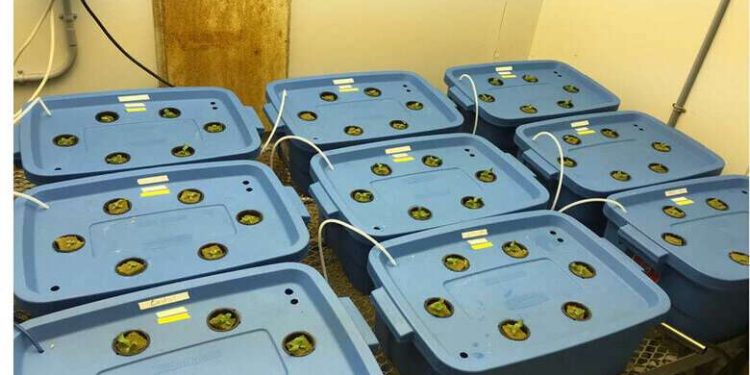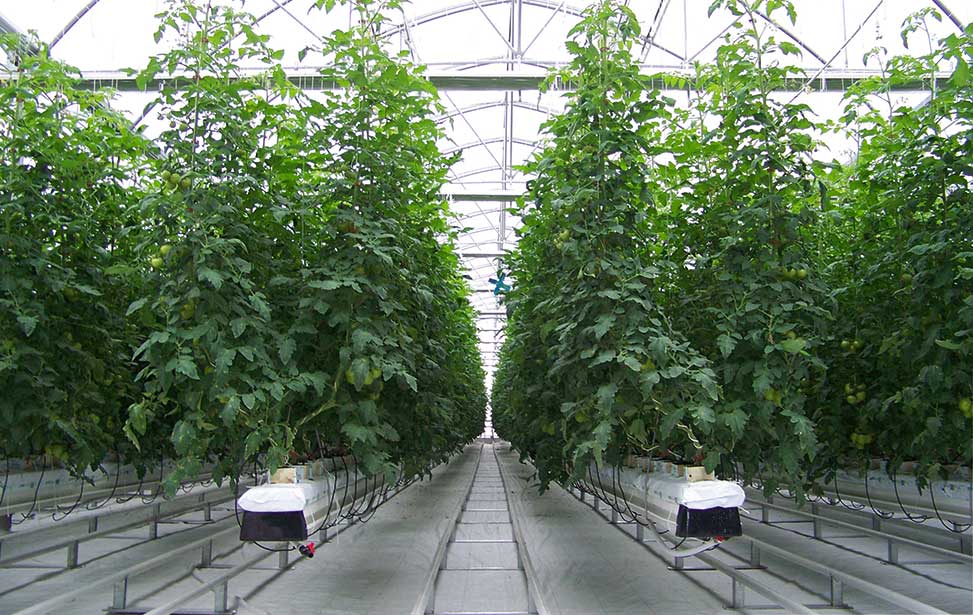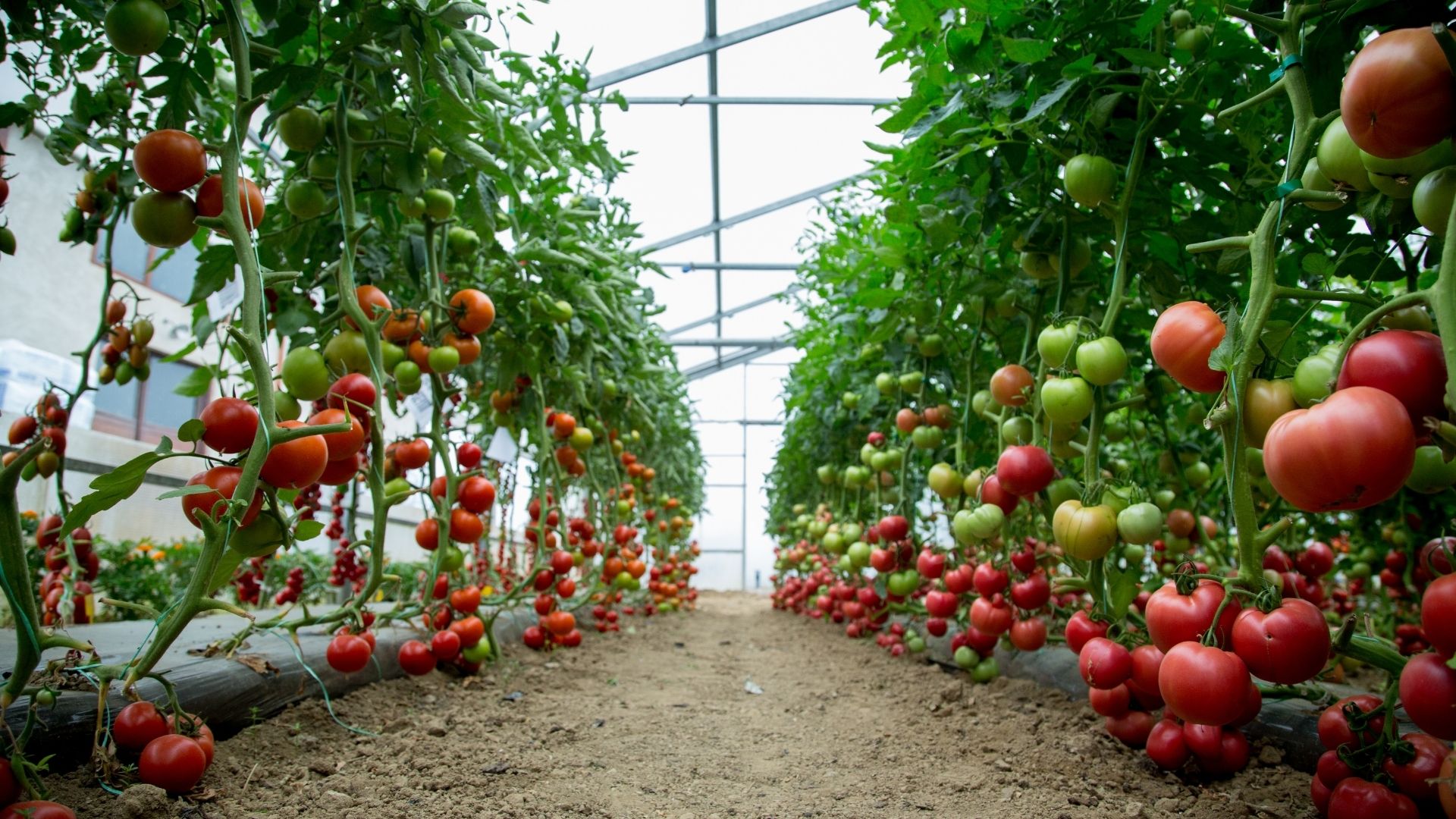Closed loop hydroponics, where nutrient solution drainage is captured and reapplied to the crop, offers advantages over flow-through or single pass systems by way of water and nutrient resource use efficiency. Increasing resource use efficiency reduces production costs and ultimately prevents environmental impacts associated with nutrient discharge to receiving water bodies.
Although there are many advantages, there are also production risks introduced when using a capture and reuse approach, namely, pathogen proliferation. There are many types of systems currently used in industry for treating fertigation water (irrigation water with fertilizer). Examples include but are not limited to sand filtration, ultraviolet light, chlorination, ozonation [O3(aq)], advanced oxidation processes, peracetic acid (C2H4O3), and hydrogen peroxide (H(O2).
In this experiment, recirculating nutrient solutions were treated using dimensionally stable anode (DSA)-based regenerative in situ electrochemical hypochlorination (RisEHc) in a deep water culture hydroponic lettuce (Lactuca sativa) production system. Phytotoxic effects were noted and attributed to the formation of chloramines in treated nutrient solutions containing ammonium. The study demonstrated that phytotoxic effects can be prevented with the use of regenerative in situ hypochlorination through proper management and monitoring techniques in recirculating hydroponic systems.
While the phytotoxicity caused by conventional chlorination has been well studied, there is no information regarding the effect of the novel RisEHC, with DSA, system examined herein, where the disinfecting agent is continuously regenerated. The objective of the presented research was to evaluate plant responses and possible phytotoxic effects caused by treating different recirculating nutrient solutions via RisEHC. Further, the efficacy of using a post-electrochemical ultraviolet application to reduce the phytotoxicity effects, as well as changing the nitrogen source of the fertilizer, were examined.
Effective fertigation solution remediation is key in realizing the full potential of long-term recirculating hydroponic systems. The RisEHC system evaluated here was demonstrated to be effective at reducing microbial populations in laboratory-scale hydroponic growth trials; however, the production of chloramines in the presence of ammoniacal compounds/fertilizers led to phytotoxicity in some scenarios.
In the current study, chloramine phytotoxicity was addressed by either excluding ammoniacal fertilizers, or through decomposition using ultraviolet radiation after electrochemical treatment, a practice that would further enhance microbial inactivation. RisEHC is an effective fertigation solution remediation tool when chloramine production is avoided or mitigated.
According to the lead author, “If controlled environment agriculture (CEA) is to fully close the water loop (i.e., zero discharge), technologies are needed that will ensure solutions remain pathogen free without the accumulation of disinfectants or harmful disinfection by-products. We developed the RisE HC method with the goal of providing a technology that would eliminate as many of the limitations to horticultural chlorination as possible. Food insecurity is on the rise across the globe and we hope that technologies such as RisE HC can improve the sustainability of CEA food (and floral) crop production.”
The paper is published in the journal HortScience.












